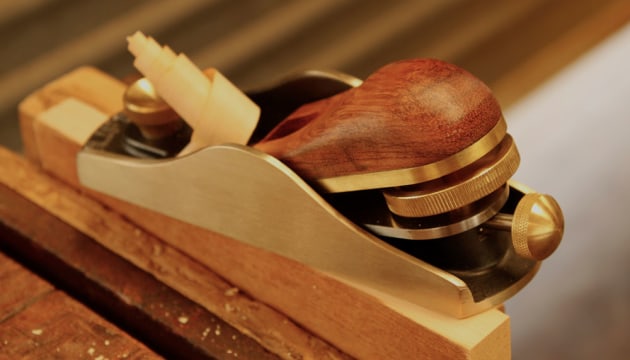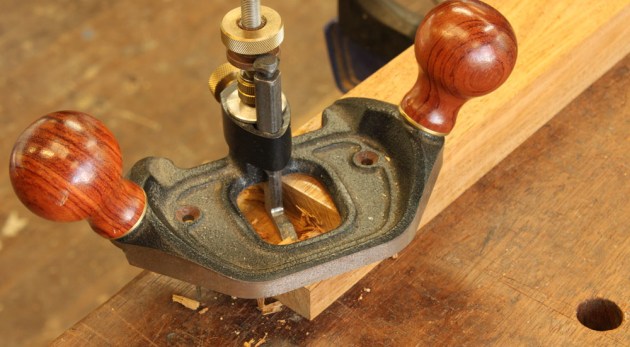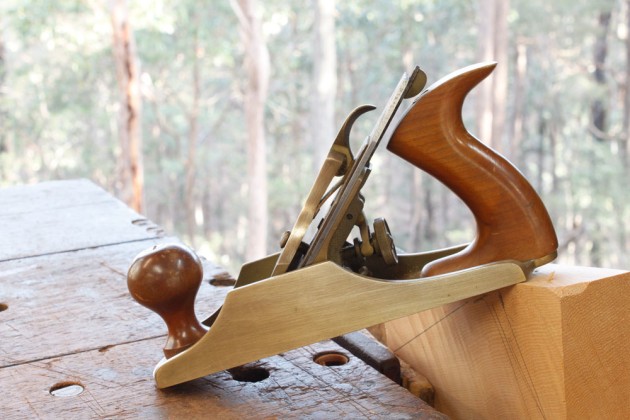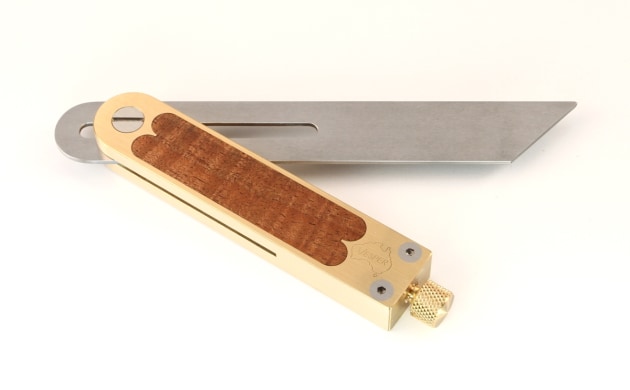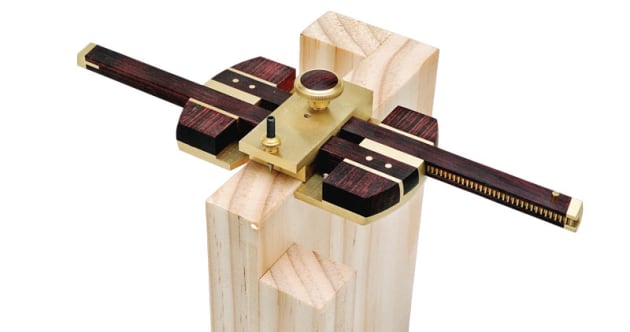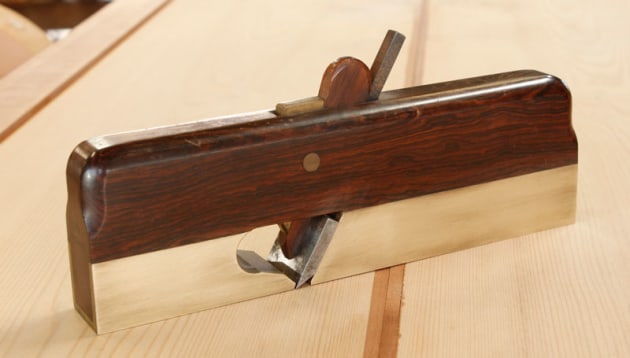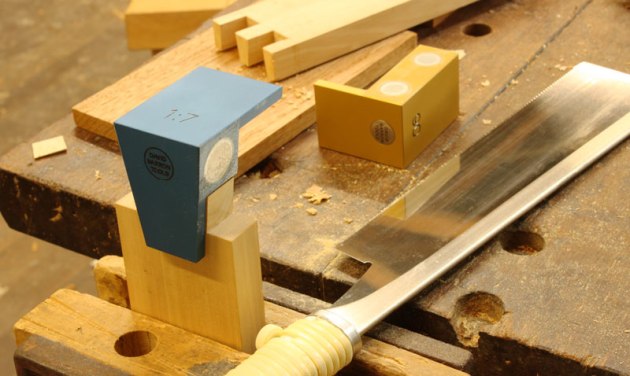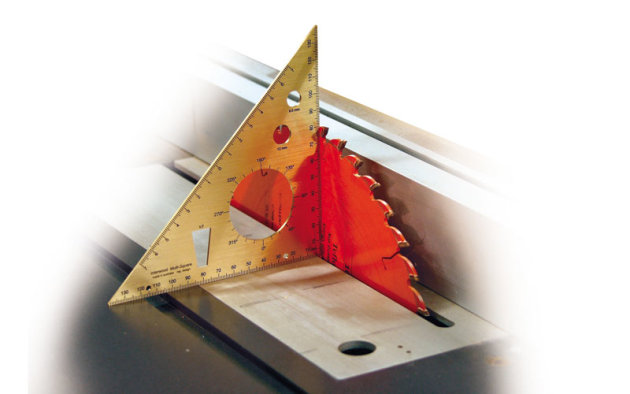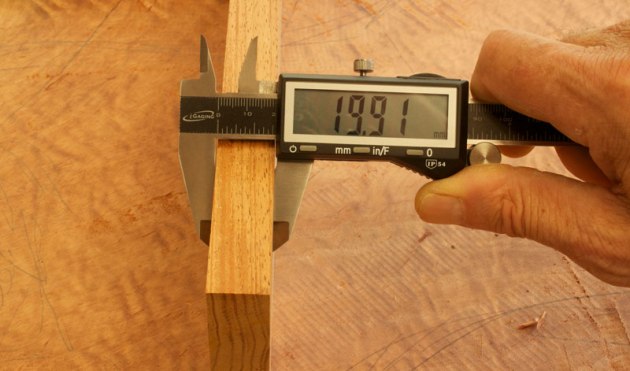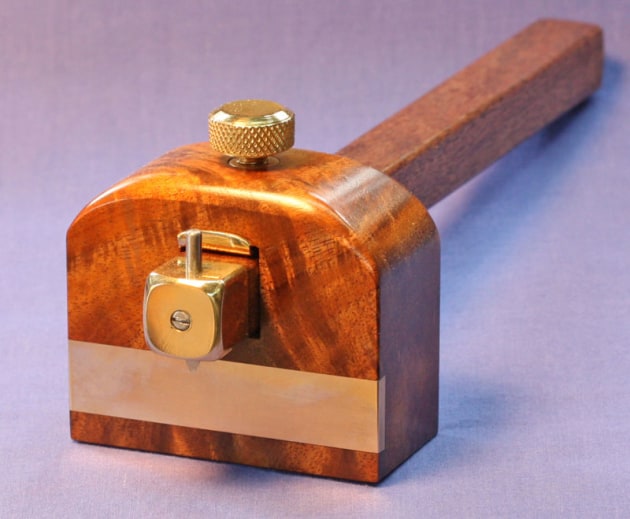Tool Classics
Words and photos: Raf Nathan
Over the past 26 years (seems like 260 years actually) I have reviewed hundreds of tools for this magazine. Some really grabbed me due to their functionality, innovation and/or innate brilliance and have become essential tools in my workshop.
But what makes a tool ‘brilliant’ or ‘classic’? Here are my thoughts.
1. Manufacturing excellence. If it breaks within a year it’s useless and a waste of time and money.
2. Good looks. Not all things are beautiful. Some hand tools make the cut though because of their design, materials or overall performance.
3. Value. We all know the adage, buy once and buy well. Usually we learn this by buying cheap and regretting forever afterwards.
4. Functionality. If it doesn’t do what it is designed to do, it’s useless. Does it make your work easier or faster? Does it make your own work better?
5. Personality. Do you want to use it? Do you add in a process or change something as an excuse to use a particular tool?
Clifton block plane
With a bronze casting and generous brass fittings the Clifton is a great portrayal of modern British toolmaking. It is probably the most expensive block plane available so it’s not for the bargain hunters. Nor was it designed for them.
Veritas large router plane
An interpretation of the early Stanley Tools version. This
is very well made, easy to use and like all Veritas tools, reasonably priced. Veritas make two smaller variations
but I find this size best for pretty well all jobs. Actually I sometimes plan a process like inlaying or grooving where the router plane gets to come out. It’s so much fun to use.

Colen Clenton squares
Squares, an essential tool, were pretty plain 28 years ago. The Clenton squares elevated instantly what was possible with fine detailed woodwork, and it was a tool as well! If you use a Clenton square you can’t help but be impressed and inspired to aim for perfection with your own details.
Lie Nielsen smoother
When I bought my Lie-Nielsen smoother it was all shiny and clean with the bronze glowing like gold. For the first week after the purchase the plane sat in the middle of the kitchen table as something to behold. It’s comfortable with good mass and it is reliable. I know it’s going to work every time it gets pulled out.
Vesper bevel gauge
Everyone likes wood and brass and polished steel, and a Vesper gauge gives all that. With perfect machining and hand fettling they are now de rigeur in workshops around the world... Yes there are cheap bevels but whenever you get out the Vesper you are reminded about what good work is.
Bridge City Tools
150 years ago woodworkers had access to fine wood tools from Norris, Preston and Stanley who often made superb planes and the like. But in my training days we had very few tools and Record and Stanley owned the hardware shelves. Bridge City Tools started making a few select rosewood and brass tools initially. Their range grew to include most measuring and marking tools but today their direction has gone into aluminium for some reason!
HNT Gordon 3/4” shoulder plane
A very nice looking tool, brilliantly made in a precise manner. It is always ready when needed, handles most grain well and sharpens easily. Every time I use it there is a slight pause to admire it.
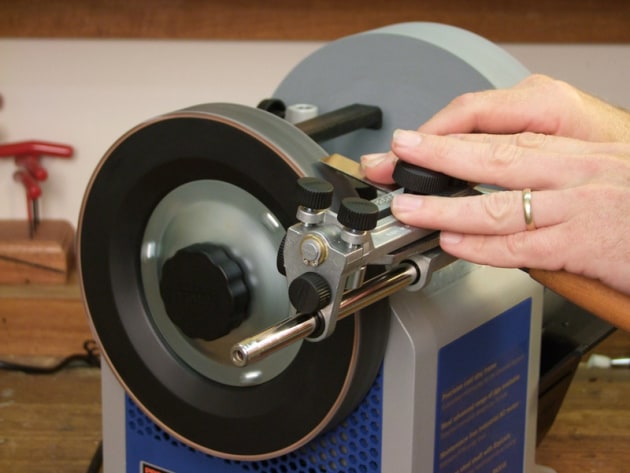
Tormek sharpening system
To be honest I got talked into buying this! My resistance then was the price, but 15 years later it’s still going strong and gets used all the time. Grinds all the chisels and planes whilst the honing wheel will keep a chisel carving for ages before a regrind.
Barron dovetail jig
An Aussie developed the first magnetic saw guide, the Angle- Master, followed by Veritas marketing their own development. The Barron is a smarter looking tool and simpler to use. I have a 1:7 dovetail and 90° guide. By all means train yourself to freehand saw dovetails, but I will use my guide.
Interwood Multi-Square
Why is something I designed listed here? Made of brass with etched markings it will set square, measure, act as a depth gauge and centre rule. It’s here I have used it on a daily basis in my workshop for 20 years, and it has also found favour with many other people.
Digital calipers
Once you try these you can never go back to old style calipers. Large, easy-to-read display, superbly accurate and inexpensive. To be honest I almost get anxious if they get misplaced. Mine are in constant use particularly on the thicknesser.
Marking gauges
There was no choice here. The reason is I have eight. An essential tool for a woodworker, you have to decide first whether to go for a round cutter, or pin or knife. If you can only afford one gauge then a pin is my choice. I have two Colen Clentons, Hamilton, Wilke and Vesper gauges, a Wilke kit I made up, a Wilke pencil gauge and my original Marples. All pin or knife cutters.
Bosch small cordless drill
Like a bonsai tree. Small, yet has so much innate power. For almost every job in the workshop the small Bosch 10.8 volt handles it easily. Drilling and driving 8-gauge screws is a breeze and with care 4-gauge screws are easily seated.

Domino tool
In 2007 Festool released their domino tool, a game changer for the smaller sized woodwork shop. Whilst the technology in the domino is not new, having been around for years in older heavy joinery machines, packaging it in a handheld power tool was unique. I sold my biscuit set-up and converted to dominos and have never left them. Based on traditional joints but using a floating tenon nothing comes close, except a looming end of patent...
De Walt trimmer router
I called this ‘power tool of the year’ when it first came out. It still impresses me with its small size but big power and functionality. A little too big in the body and it has a fiddly switch, but otherwise it’s perfect.
Titebond glue
Glue or adhesive is the most under-rated piece of kit in a wood workshop. Imagine if a major piece worth thousands of dollars started to come apart literally at the seams! As a cabinetmaker my grandfather used hide glue which is a process in its own right to prepare and use, and gives excellent long-lasting results. But it’s way too slow for our age. Titebond didn’t invent yellow glue and water resistant one-part glues. What they did was specialise in woodwork glue, and they marketed it well.
Raf Nathan is a furniture designer maker and also designs hand tools, some of which he also makes. He lives in Brisbane. See www.interwoodshop.com.au



